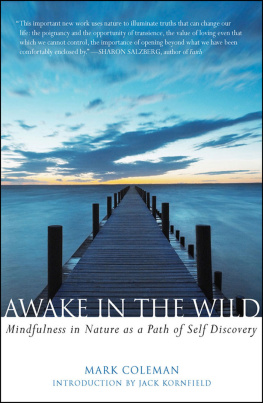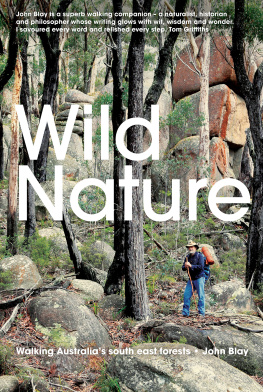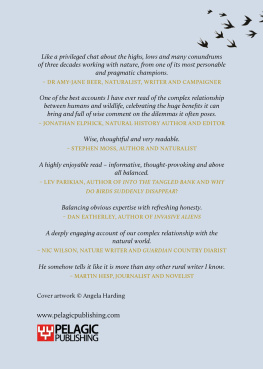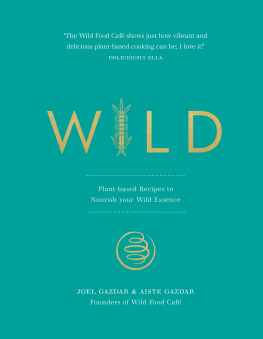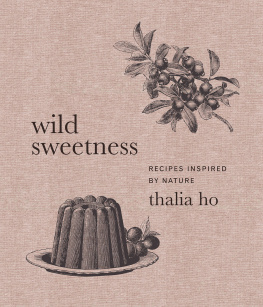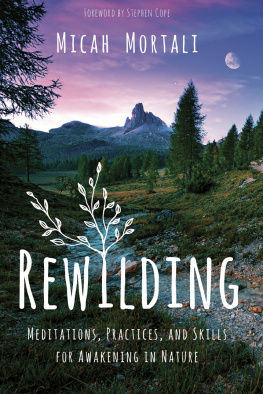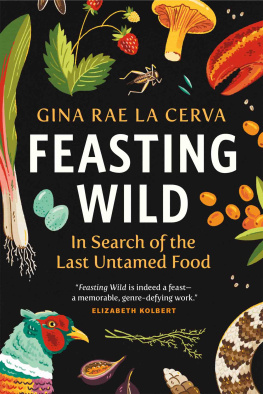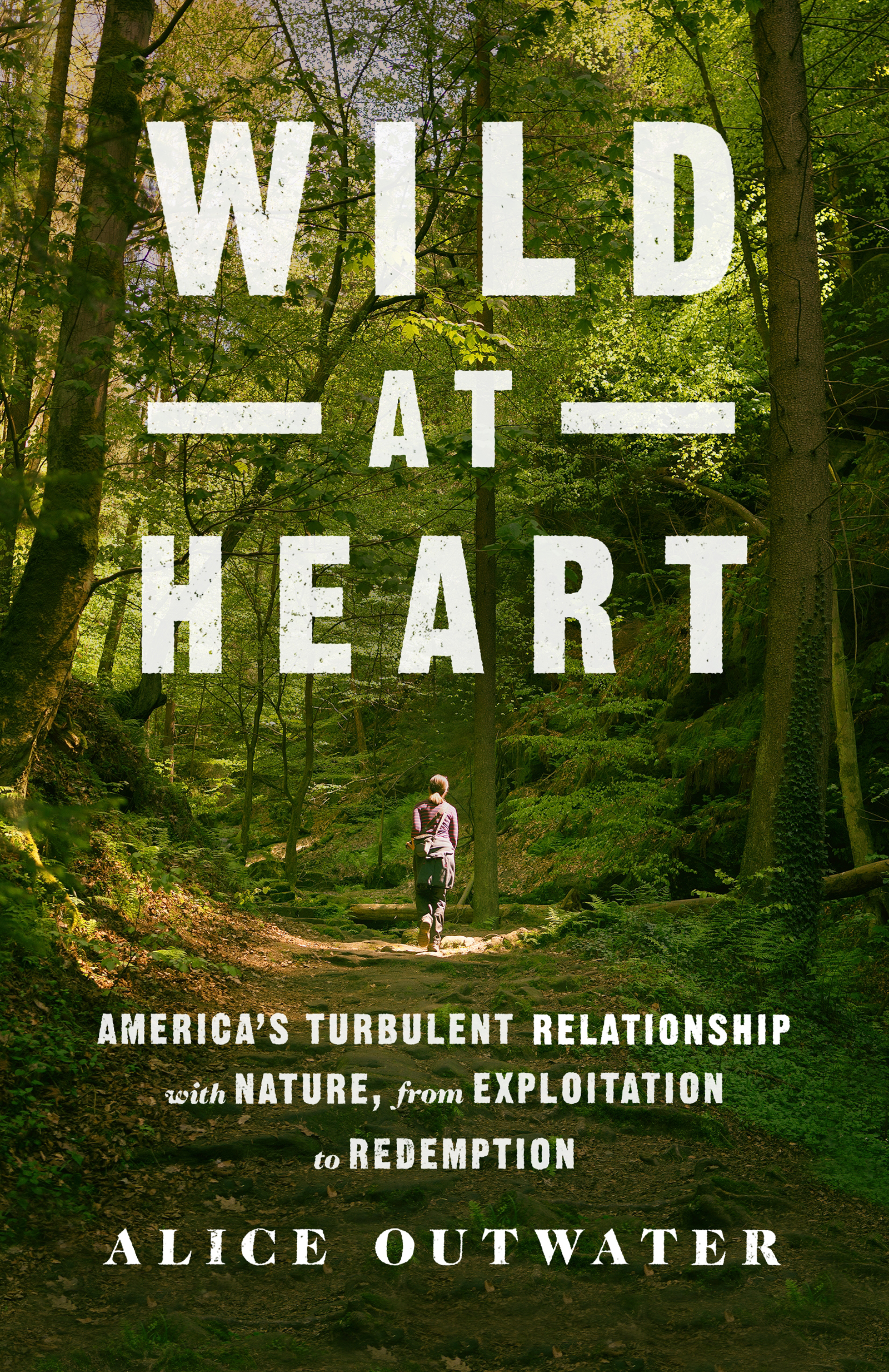The author and publisher have provided this e-book to you for your personal use only. You may not make this e-book publicly available in any way. Copyright infringement is against the law. If you believe the copy of this e-book you are reading infringes on the authors copyright, please notify the publisher at: us.macmillanusa.com/piracy.
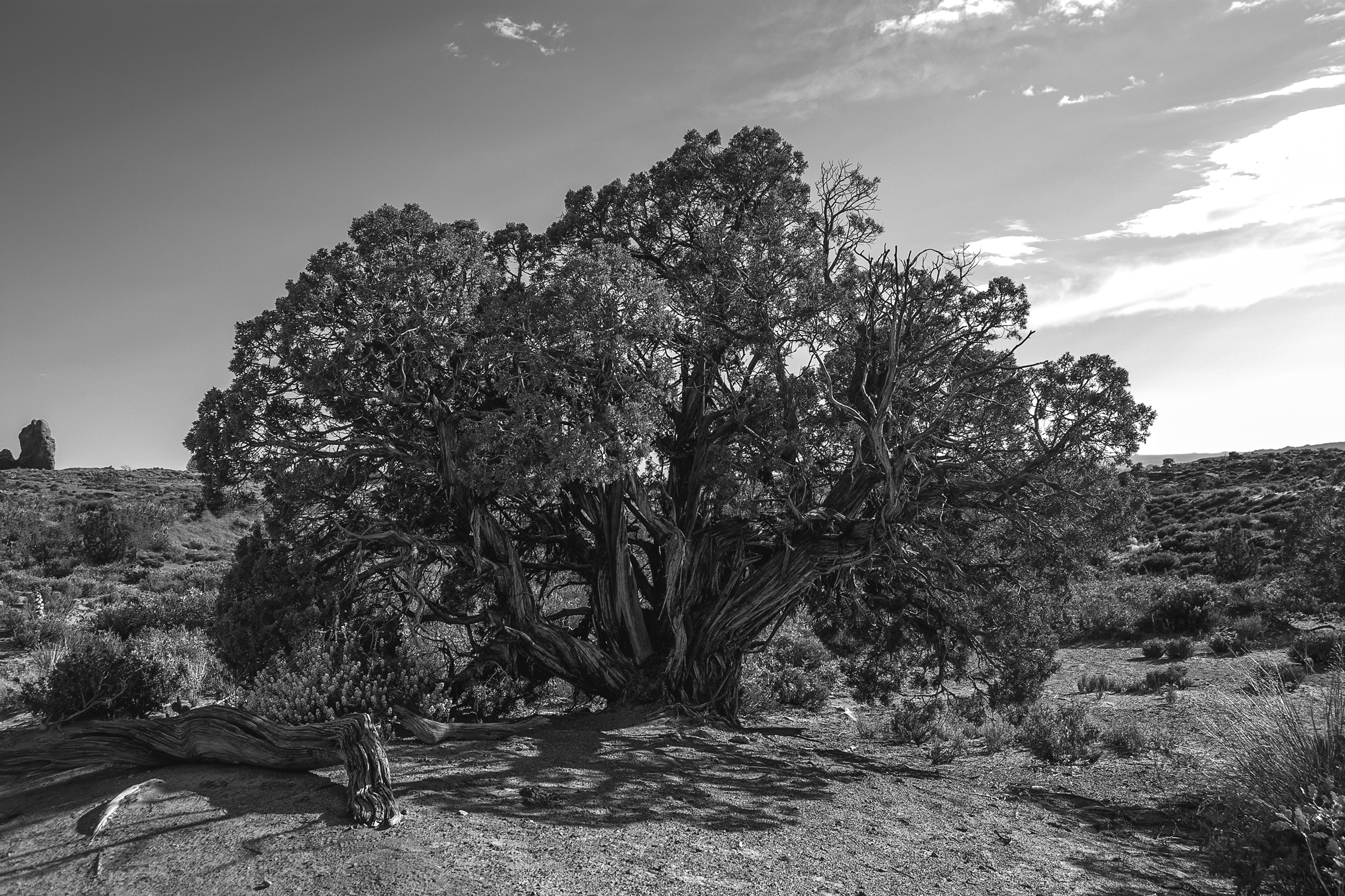
Our land is wild, a spread of high desert covered with sagebrush and old junipers cut by a swale that carries water during storms or snowmelt. The neighbors irrigated fields and cattle lie half a mile away down a gentle slope, with two irrigation ditches and a barbed-wire fence between us. Theres a den of coyotes that lives in the stand of ancient juniper trees on the slope above the ditches.
In the dry, high desert, a juniper can occupy its place on Earth for as long as 800 to 1,000 years, and each one is a singular presence. In pagan days, every tree, stream, and hill was believed to have a soul, along with some animals, plants, rocks, mountains, and rivers. Even ephemera like thunder, wind, and shadows could have their own spirit. British ethnologist Robert Ranulph Marett wrote that trees were generally regarded as maternal deities or forest spirits, and when a trees life was taken for human use, woodcutters would beg forgiveness before they felled it. The souls of trees didnt disappear in antiquity; in Thai forests today, Buddhist monks tie pieces of cloth around trees in the jungle to remind rogue woodcutters that the trees spirits are under the monks protection. Wilderness has long been seen as a community of beings.
Judeo-Christianity, in contrast to pagan and Asian religions, established a dualism between humans and nature where humans have souls and the rest of the world does not. God created nature but was not part of it, and created humans in his image. The Old and New Testaments put people at the pinnacle of creation with dominion over nature, which was made for human use. Before biblical times, the spirits in natural objects had protected nature from humans. According to the Bible, humans held an effective monopoly on souls. Old inhibitions against profiteering from nature collapsed.
In the New World, natives lived in the wilderness and settlers lived apart from it. An English settler in the early 1600s described wilderness as a dark and dismal place where all manner of wild beasts dash about uncooked. Wilderness was a Godless place full of things that could be eaten or sold. By that definition, my lands uncut trees and unmolested deer herd make it wilderness enough.
Being remote, I wanted a dog for company and safety. Dogs live on the boundary between humans and wildness; they are a bridge between nature and human culture. As the only large domesticated predator, dogs maintain a keen interest in other animals (a particularly useful trait in bear country) and are happy to lend you their ears and eyes, pointing out creatures you may have missed. But a dogs ability to slip into nature and back can be deadly with a coyote den nearby.
Coyotes are notoriously tough on dogs. Small dogs are like hors doeuvres, while dining on larger dogs takes some planning: a single member of the pack will lure a big dog back to their den, where they eat him as a group project. Coyotes are the most vocal local mammal, and they howl on a moonlit night in layers of sound that build and then recede. When pups whelp in the juniper grove every spring, their high-pitched baby voices join the lower voices of their parents in a nightly chorus, called group yip-howls, of ar-ar-ar-aroooooo. Coyotes have an imposing profile, but are less than fifty pounds of canid dressed up in a long-haired coat. I chose a dog the size of a small pony with the hope that Gods dogs would leave it alone.
Titus arrived as a fifteen-pound puppy, and weighed 125 pounds by his first birthday. There is nothing natural about a Greater Swiss Mountain dog: the breed was created by humans to pull loads and manage cattle. Titus was a farm dog scaled large and muscular who grew so fast that hed flip ass over teakettle at a dead run because he wasnt entirely certain where his feet were. Titus collected antlers that he used as chew toys, and chased rabbits through the sagebrush; hed occasionally catch and eat one. A coyote is part of nature while Titus, with his handsome tricolored coat and enormous appetite, embodied human mastery over nature.
One day on our morning walk, the young bulls next door were grazing right next to the barbed-wire fence. I thought Titus would enjoy meeting them. The dog had known deer since he was a puppyone of his jobs was to move deer off the landscaped areabut deer move so fast that theres not much interaction. As soon as Titus ducked under the fence to join the young bulls in their pasture, he understood that he was a drover dog. Herding dogs gather cattle together and hold them still, so it is easier to catch a rogue dog. Drover dogs drive cattle in front of them, and Titus had no end point. He drove the young bulls for forty-five minutes, with great joy. He did it well, too: he never touched them, and never stopped. He had mad skills. But they werent our bulls, so his behavior was completely unacceptable.
Around here, dogs who chase livestock are shot because it is a law of nature that dogs are made to protect cattle, not harass them. This cultural definition of a natural law is as implacable as the law of gravity in rural Colorado, where everyone has a gun and the jury already ruled. There is literally no room in these wide-open spaces for dogs who run stock.
As soon as Titus saw the bulls, my husband, Bob, jogged back to the house to get the car. I climbed the fence and chased the dog as he moved the cattle into the corner, moved them into the cattails by the ditch, moved them back and forth across the field. The rancher whose house overlooks the field arrived with a leash. Bob arrived with the car. The owner of the cattle and his friend came out with their dogs, so in the end there were five people and two dogs trying to divert Titus from the yearling bulls. When I finally caught him, he had so much adrenaline that he leaped at the end of the leash like a 125-pound fish.
My dog had found his nature, his essence, and his central fact of existence.
A neighbor, who uses dogs to manage her sheep, heard that Titus had misbehaved, and called me that evening. She gently explained to me that my dogs training regime was insufficient, and she would be willing to supervise his education. She delivered three boxes of books, CDs, games, tools, harnesses, leashes, and training aids the next day, and Tituss schooling began in earnest.
Titus had been pulling a seventy-five-pound cart for months (full-grown males can pull more than a ton) and had mastered the normal range of commands, but this was like doggy college. I started wearing a treat bag stuffed with liverwurst, cheddar, and salami for three lessons a day: we worked on command fluency so hed respond in all situations and locations; molding behavior, where Id lure him to do things and then connect a word with it; long line, where wed practice walking a mile with his eyes on me (instead of the bunnies); and cavaletti, using low bars to teach him how to jump like a horse, to refine his body placement. I was guided through the latest dog-training techniques. Three weeks into our new regime, we were out on a walk when Titus looked down the hill and realized that the fields where he had chased cattle were adjacent to our land. He was off in a beeline, at top speed. He looked like a small horse on a critical, lifesaving mission.


